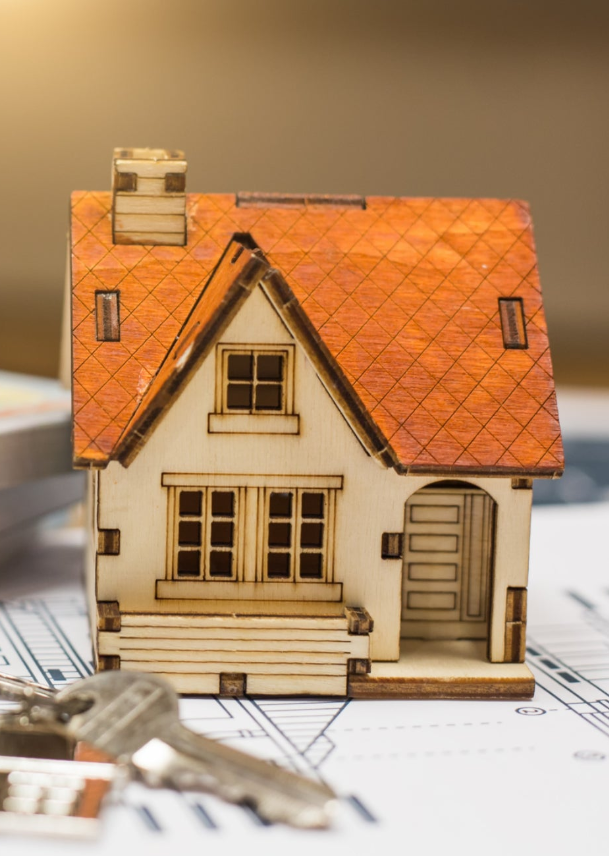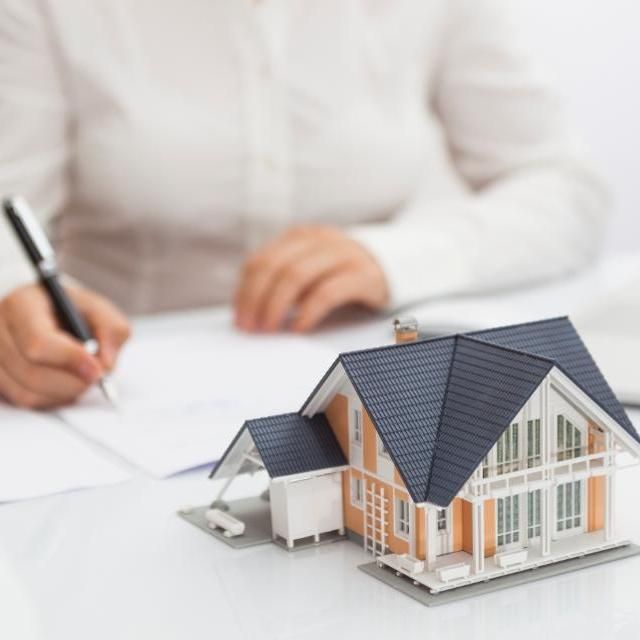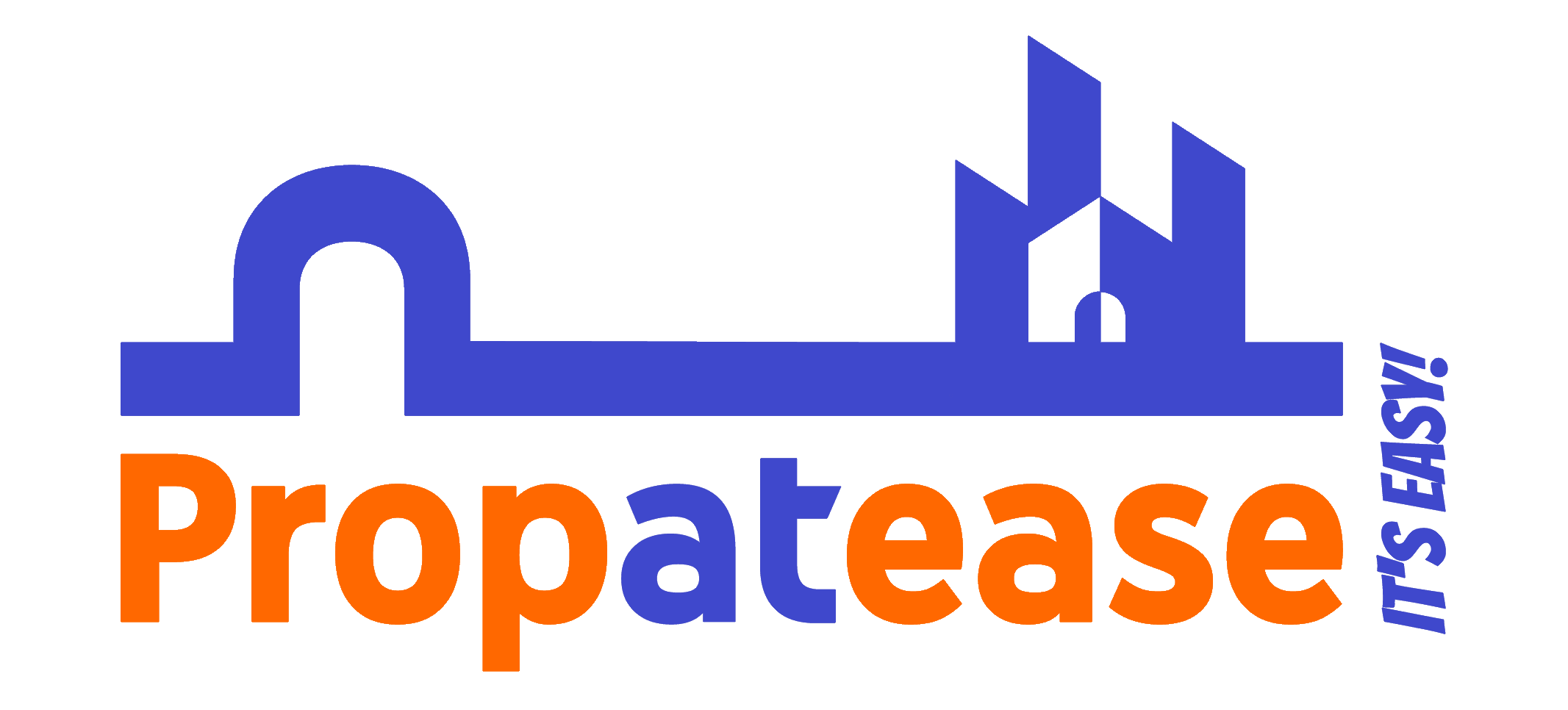
In recent years, the real estate industry has witnessed a paradigm shift towards sustainability, driven by a growing awareness of environmental issues and a desire for more eco-friendly living. This emerging trend, often referred to as sustainable real estate, goes beyond energy-efficient homes and encompasses a holistic approach to building and living that minimizes the impact on the environment. In this blog post, we will explore the key aspects of sustainable real estate and why it is becoming the new standard in property development.
1. Green Building Practices:
At the core of sustainable real estate is the adoption of green building practices. Developers are now incorporating eco-friendly materials, energy-efficient technologies, and innovative construction techniques to reduce the environmental footprint of their projects. From solar panels and rainwater harvesting systems to energy-efficient windows and insulation, these practices not only benefit the environment but also result in lower utility costs for homeowners.
One notable example is the rise of net-zero energy buildings, which produce as much energy as they consume. These structures are equipped with advanced renewable energy systems, such as solar panels and wind turbines, coupled with energy-efficient features like smart lighting and heating systems. The goal is to create self-sufficient homes that contribute positively to the energy grid.
2. Eco-Friendly Communities:
Sustainable real estate extends beyond individual homes to the development of entire eco-friendly communities. Developers are now placing a greater emphasis on creating neighborhoods that prioritize green spaces, pedestrian-friendly layouts, and sustainable infrastructure. This shift aims to enhance the quality of life for residents while fostering a sense of community and environmental responsibility.
For instance, some sustainable communities integrate urban farming initiatives, allowing residents to grow their own produce and reduce the need for transportation of goods. Additionally, the incorporation of electric vehicle charging stations and bike-sharing programs promotes alternative modes of transportation, further reducing the carbon footprint of the community.
3. Certifications and Standards:
To validate their commitment to sustainability, many developers are seeking certifications and adhering to green building standards. Certifications such as LEED (Leadership in Energy and Environmental Design) and BREEAM (Building Research Establishment Environmental Assessment Method) have become benchmarks for sustainable construction. These certifications evaluate various aspects, including energy efficiency, water conservation, and indoor air quality, ensuring that a property meets rigorous environmental standards.
Homebuyers are increasingly valuing properties with these certifications, recognizing the long-term benefits of reduced energy costs and a lower environmental impact. This demand is driving developers to prioritize sustainable practices and seek certification for their projects, creating a positive cycle of environmentally conscious development.
4. Financial Incentives for Sustainable Living:
Governments and financial institutions are also playing a crucial role in promoting sustainable real estate. Many countries offer financial incentives, such as tax credits and subsidies, to encourage the adoption of green building practices. Homebuyers may qualify for these incentives, making sustainable homes not only environmentally friendly but also financially attractive.
Furthermore, some banks are offering special financing options for sustainable projects, recognizing the long-term value and market demand for eco-friendly properties. This financial support makes it easier for developers to invest in sustainable technologies and for homebuyers to make environmentally conscious choices without a significant financial burden.
In conclusion, sustainable real estate is no longer a niche concept but a mainstream trend that is reshaping the way we build, live, and think about our homes. As the demand for eco-friendly living continues to grow, developers, governments, and financial institutions are collaborating to make sustainable real estate more accessible and appealing. The shift towards greener practices not only benefits the environment but also enhances the quality of life for residents and creates a more resilient and responsible real estate industry. As we move forward, the rise of sustainable real estate signals a promising future where our homes contribute to, rather than detract from, the well-being of our planet.


